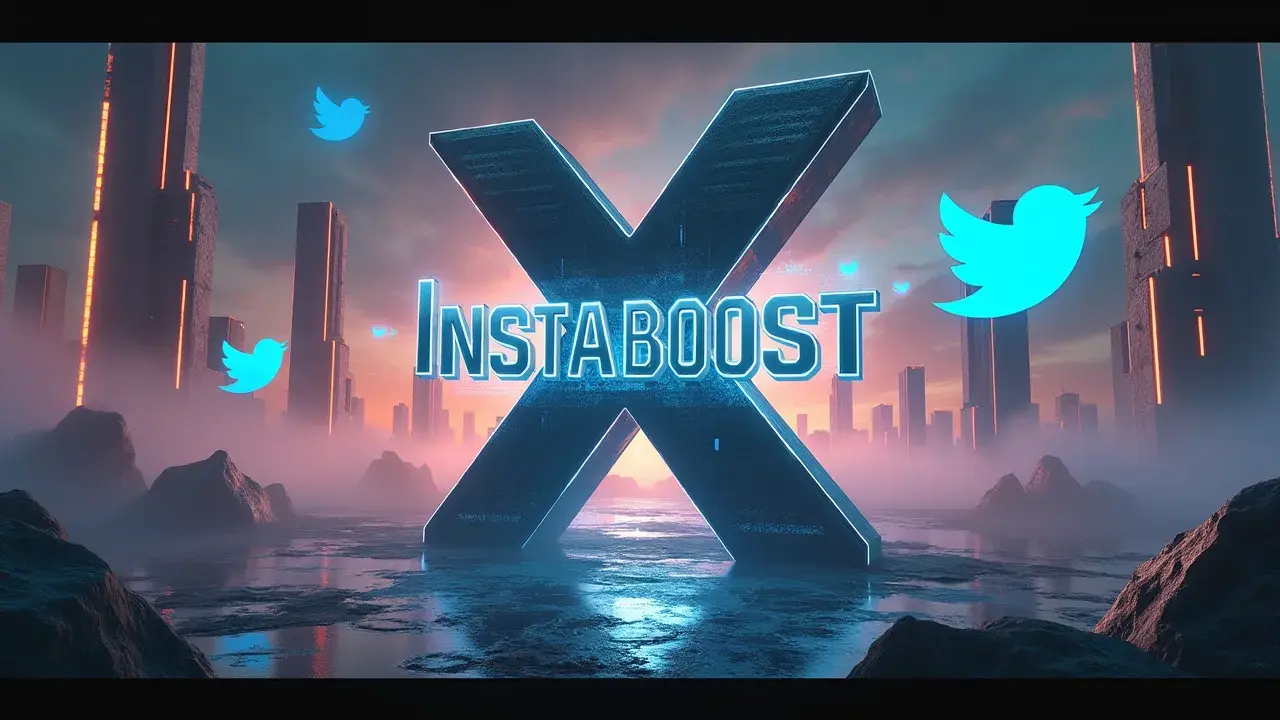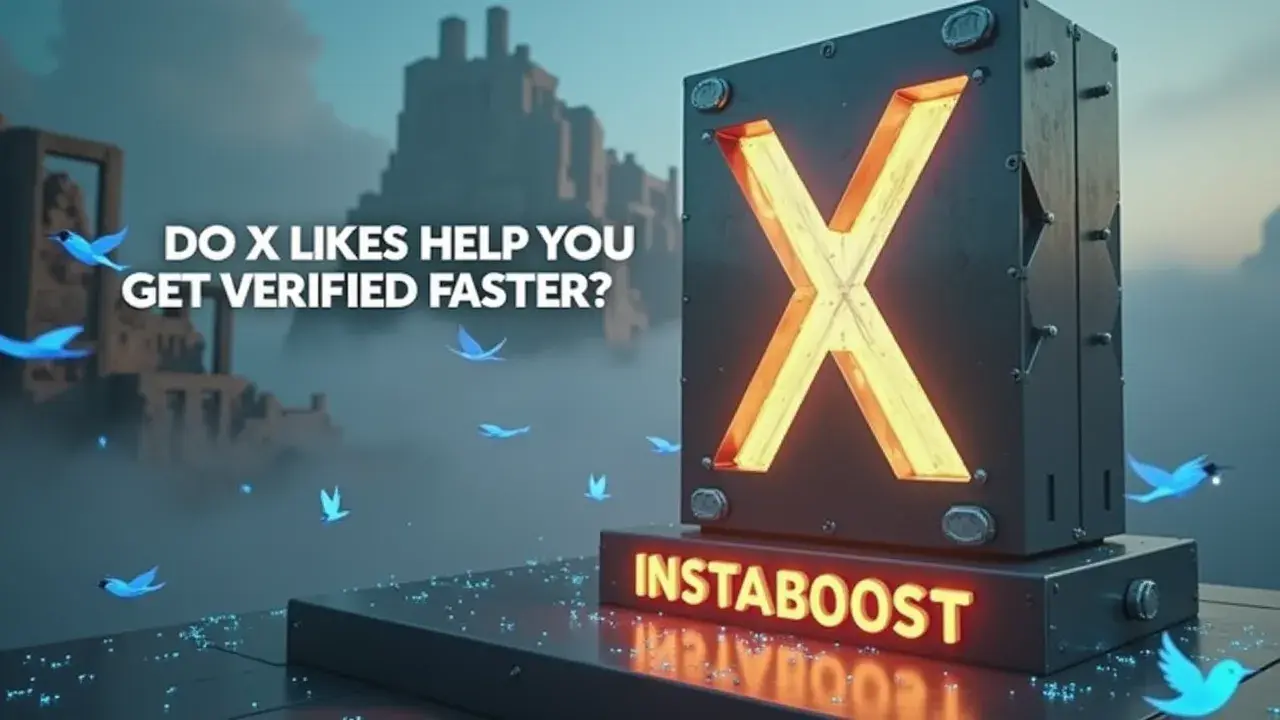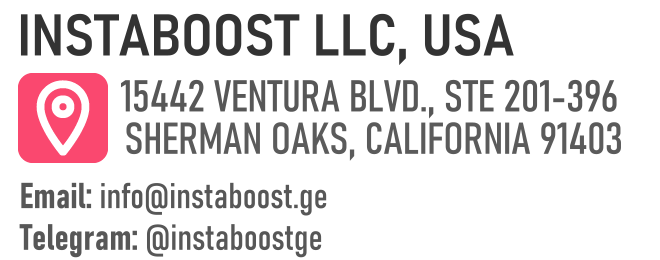Do X (Twitter) Likes Help You Get Verified Faster?
Growing X Likes can contribute to a stronger verification case by signaling active interest. A steady rise, particularly in the first hour, indicates momentum when paired with consistent posting and real replies. That combination reflects ongoing relevance and creates a cleaner, data-backed application narrative. Paid boosts can refine timing, measure early lift, and scale effective replies, pointing to a smart path focused on sustained engagement and fit.
Likes, Virality, and the Verification Myth
Here’s the plain truth: likes on X won’t get you verified. They might draw a little attention, but verification isn’t about that. Reviewers are looking for identity and notability. Think of it as: can they confirm who you are, and can they see that you’re recognized beyond your own feed? What actually helps is simple and boring. Your name and details match your documents.
Your profile reflects a real person or organization. There’s a trail outside X that points back to you: press mentions, bylines, directory listings, citations that show up in search. A burst of likes can signal interest, but on its own it doesn’t carry much weight.
It’s easy to inflate and hard to trust. Platforms know this. They down-rank engagement that looks off – sudden spikes, bot-pattern retweets, engagement circles – and they lean on signals that hold up elsewhere: Google News coverage, Wikipedia citations, industry databases, references in reputable outlets. There is a useful middle ground. If something you post genuinely takes off and reporters pick it up, if your name starts showing up in news search, if credible groups tag or quote you, that secondary trail can tip an application. Trying to simulate that – buying retweets, renting engagement – usually backfires, and risk systems can slow your review when they see it, even if you once toyed with quick fixes like purchase Twitter followers & likes out of curiosity.
The better path is to treat likes as a byproduct while you build things reviewers can verify: a press page with clips, consistent bylines you can point to, partnerships with known organizations, clean, matching details across your site and profiles. If you want to move faster, give reviewers sources they can confirm without guessing, and let real engagement follow on its own. Likes are noise; reputation is the signal.

What Verification Teams Actually Check
Input: The metric that mattered wasn’t even on the dashboard. Verification isn’t about popularity; it’s a credibility check. Reviewers look for proof of identity, clear attribution, and evidence that exists beyond your X timeline.
That means a government ID tied to a real entity, the same name everywhere you appear, a website that lists you on a staff or team page, and media citations that mention you without you asking for them. They try to connect the basics: do reputable outlets link to you, is your organization actually registered, do your profiles share the same email and phone, and is there a trail of third-party mentions that aren’t paid placements? Which is why “Do X likes help you get verified faster?” isn’t the right question; a thousand hearts don’t replace a byline in a known outlet or a company record in a public registry. Even viral spikes – bought retweets, engagement pods – or the temptation to buy followers safe for X – fall apart when you look outside the platform.
What moves things forward is triangulation: your name in a recognized publication, a conference program listing, a Google Knowledge Panel, a WHOIS record that matches your public identity, and coverage that’s still there after the trend is over. If you want search visibility, build digital footprints that someone else can check without calling you: a press page with your headshot and bio, structured data on your site, accurate entries in industry databases. Likes can help people find you; they don’t substantiate you to an auditor. Build a paper trail a reviewer can follow without guesswork, and the blue check stops being a favor and starts feeling like a formality you were going to get anyway, once they finish connecting the dots.
Map the Terrain Before You March
Optimization is a tactic; strategy is seeing the whole board. If you’re wondering whether X likes help you get verified faster, pull back a bit: likes sit on the surface, while verification teams look for solid proof. A good approach starts with what reviewers actually check – legal identity, consistent naming, third‑party attribution – and then uses growth tactics to reinforce those points.
Treat your profile like a dossier. Make sure your government ID matches. Keep your display name and handle aligned with your website and bio. On that site, add yourself to a staff or team page with your name spelled the same way.
Then build distribution that creates proof outside the platform. Instead of chasing spikes on your timeline, pitch a reporter, write a guest post, speak on a recorded panel, and share clips where your name is consistent everywhere. If you try paid boosts or bought retweets, use them as accelerants, not life support. Point them at assets that attract durable citations – a press page, an op‑ed, a product announcement with recognizable partners – so any spike turns into coverage you don’t have to request.
So, do X likes help you get verified faster? Not really, unless they lead to outcomes reviewers can verify on their own. Set up a pipeline where every campaign produces something concrete: a byline, a mention, a directory listing, a podcast appearance. Track each one in a living evidence doc with URLs, dates, and screenshots. When you apply, you’re not hoping a weekend of engagement changes a decision; you’re handing over a clean folder of corroboration that lives beyond X – and that’s the signal the process is built to notice... and fast likes for X content won’t replace that groundwork, though they might briefly spotlight it if everything else is already in order.
Why Chasing Likes Backfires
This isn’t fear. It’s memory. Platforms have seen creators try to fix an administrative problem with likes and retweets, when verification is about identity and attribution, not hype.
So here’s the pushback: no, X likes don’t get you verified faster – not directly, and often they slow you down. When a reviewer opens a case, they look for your government ID, a consistent name, and proof outside the platform that you’re a person or organization others can confirm without your help. A sudden spike in engagement – especially if it looks inorganic, clusters in low-quality accounts, or involves paid boosts – suggests the opposite of trust. It raises manipulation flags and makes the reviewer dig for the real story. Think of likes as confetti on a lake. They don’t sink into the layer where decisions happen: a staff page, a masthead mention, a knowledge panel, coverage you didn’t pitch.
Even when traffic matters, it’s because it leads to third‑party signals – legitimate press, citations, a branded search lift – not because the heart count ticks up, and the people who obsess over tricks to get more views on X usually miss that the metric only helps if it converts into off-platform proof. If you want to move faster, line up with the checklist: unify your name, make your bio match your government ID, get listed on an official site, and turn attention into external mentions and links. The real question isn’t “Do X likes help you get verified faster?” It’s “Does this activity create evidence outside X that a stranger can check?” If not, you’re optimizing for the wrong metric and get more views on X
Close the Loop: Build Proof, Not Hype
So here’s the closer: don’t ask whether likes on X make verification faster; ask what would make a reviewer approve you at a glance. Build a one-screen dossier: exact-match handle and display name, a clear face photo that matches your ID, a pinned post that explains who you are, and a Linktree or site that shows bylined work, news mentions, and organization pages that confirm you independently. Add schema markup to your site, keep your bios consistent everywhere, and use a contact email on your own domain. That’s your backbone. The rest can flex, but this holds you up.
Surge moments can help, but only when they leave trails outside X – press citations, podcast guest spots, event programs with your name, faculty or lab pages, marketplace profiles with verification; if you’ve dabbled in things like a viral retweet pack, treat it as clutter in the data rather than proof. If you experimented with bought retweets or paid boosts, own it and move on; those spikes rarely turn into the third-party proof reviewers look for. Aim for durable signals instead: a short media kit, two or three authoritative backlinks to your profile, and a steady cadence of work that platforms can follow.
Apply when your footprint is tidy, not when your notifications are loud. Likes don’t prove identity; a coherent identity makes any organic engagement easier to trust. That’s the order: build the structure, then tune it, without telling yourself there’s a shortcut. Do that and you won’t be guessing whether likes mattered – you’ll have something that stands on its own.















